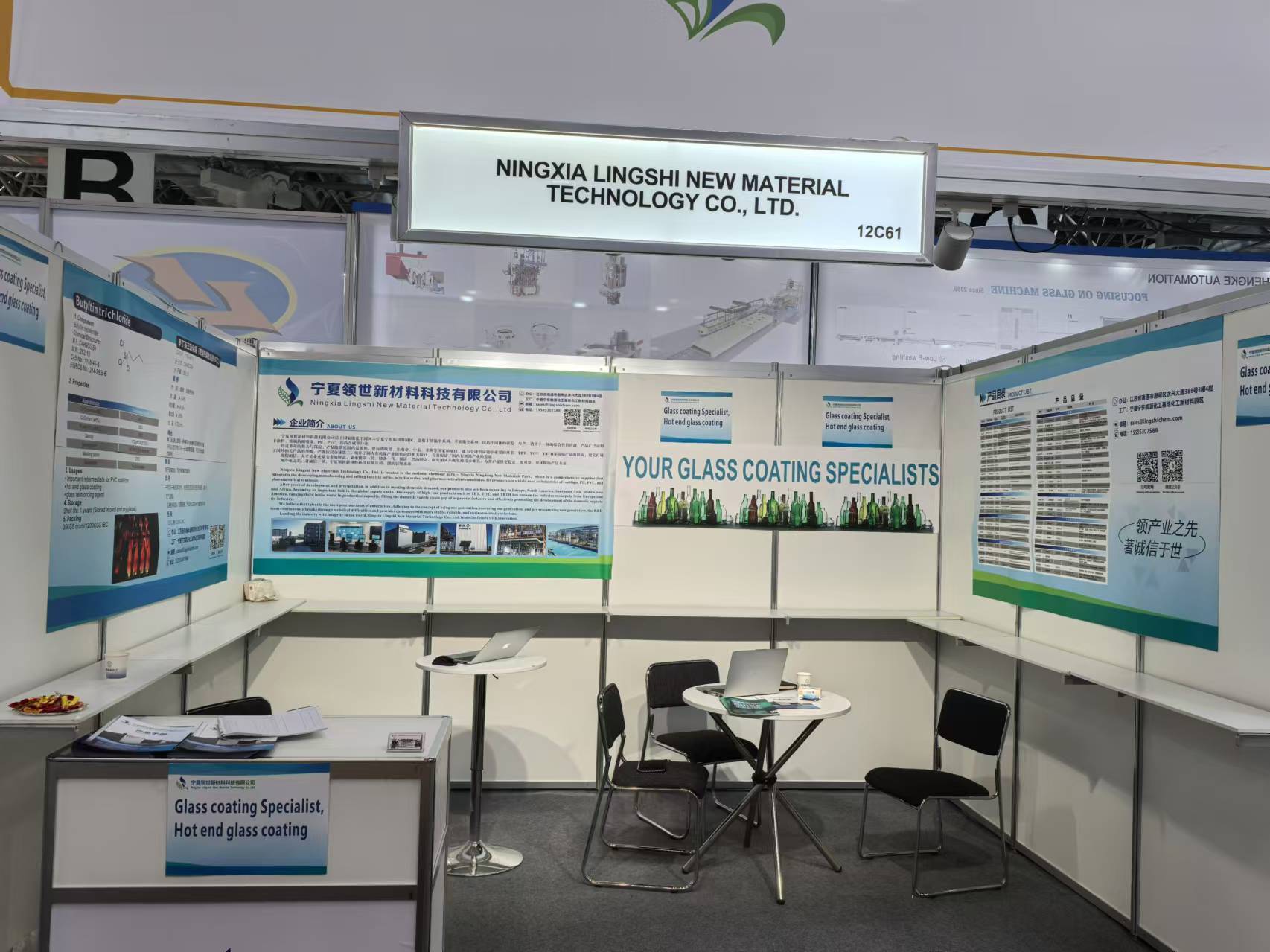What are the organic tin stabilizers? What is the difference
Release time:
2024-04-08
Organic tin stabilizers mainly include the following types:
Aliphatic acid salts: for example, dibutyltin dilaurate, di-n-octyltin dilaurate, etc. The tin atom in this kind of stabilizer can coordinate with the chlorine atom on the PVC molecular chain, and inhibit the removal of HCl by displacement reaction, thus playing a stabilizing role.
Maleate: such as dibutyl tin maleate, bis (monobutyl maleate) dibutyl tin, di-n-octyl tin maleate, etc. Such stabilizers can react with conjugated double bonds to inhibit the production of polyene structures.
Thiolates: for example, bis (isooctyl mercaptide) tin n-octanoate, bis (isobutyl mercaptoacetate) di-n-octyl tin, bis (isooctyl mercaptoacetate) di-n-octyl tin, etc. The tin mercaptide in this type of stabilizer has excellent thermal stability and is used in a large amount. Among them, the n-octyl acid bis (isooctyl mercaptide) tin is recognized as a non-toxic stabilizer. However, it should be noted that the sulfur-containing organotin stabilizers have poor self-lubricating properties, so it is usually necessary to add appropriate lubricants in practical applications.
In addition, organotin stabilizers can also be divided into monobasic, binary and ternary organotin compounds according to their chemical structure. These compounds are widely used in the processing and production of PVC, plastics, rubber, ink, asphalt, adhesives, and polymer materials such as PE, PP, ABS, PC, PA, and PBT.
The main difference between various types of organotin stabilizers lies in their chemical structure, mechanism of action and application areas. They have their own characteristics, for example, thiolate stabilizers have the best stabilization effect, while aliphatic acid salts and maleate stabilizers achieve stabilization effects through different reaction mechanisms. In addition, different organotin stabilizers may differ in terms of cost, toxicity, and compatibility with other stabilizers.
In general, the selection of suitable organotin stabilizers requires consideration of specific application scenarios, material requirements, and cost factors. In practical applications, it is necessary to select and adjust according to the specific situation to achieve the best stability effect.
Latest News








